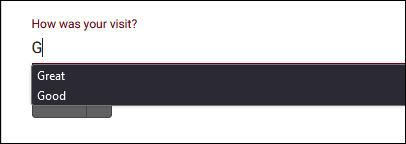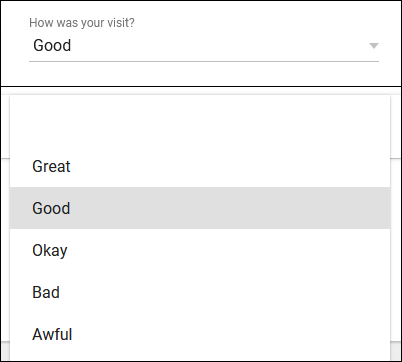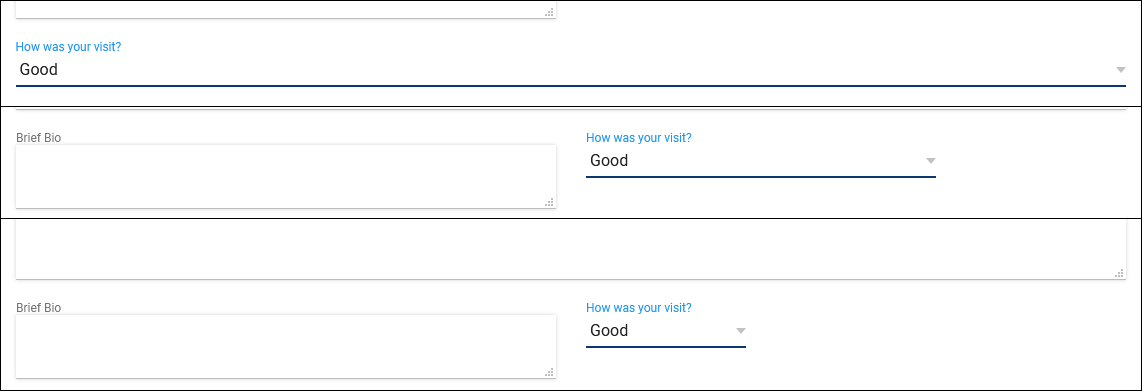TracCloud: Custom Fields: Difference between revisions
From Redrock Wiki
No edit summary |
No edit summary |
||
| Line 10: | Line 10: | ||
These fields can be viewed just like other fields, and even used in reports. This data can also be imported from your Student Information System just like the rest of the standard fields, more information on that can be found in our Import articles.<br> | These fields can be viewed just like other fields, and even used in reports. This data can also be imported from your Student Information System just like the rest of the standard fields, more information on that can be found in our Import articles.<br> | ||
[[File: | [[File:8420812.png|800px]] | ||
<br><br> | <br><br> | ||
| Line 17: | Line 17: | ||
As a basic example, let’s create a custom field for our students. Maybe we want an extra field to specify a student’s assigned advisor. To begin, open up the Custom Fields section in your System Preferences, scroll to the bottom, and select the <b>+</b> icon. This will add a new item to our list, where we can begin configuring the field.<br> | As a basic example, let’s create a custom field for our students. Maybe we want an extra field to specify a student’s assigned advisor. To begin, open up the Custom Fields section in your System Preferences, scroll to the bottom, and select the <b>+</b> icon. This will add a new item to our list, where we can begin configuring the field.<br> | ||
[[File: | [[File:7023274.png|800px]]<br><br> | ||
* <b>Hamburger icon</b> ([[File:Hamburger.png|17px]]) | * <b>Hamburger icon</b> ([[File:Hamburger.png|17px]]) | ||
| Line 33: | Line 33: | ||
* <b>Exclamation Point</b> | * <b>Exclamation Point</b> | ||
::Sets the field to required, so an answer must be provided before continuing/saving.<br><br> | ::Sets the field to required, so an answer must be provided before continuing/saving.<br><br> | ||
* <b>No Access icon</b> | |||
::Marks the field as inactive. This is recommended if you aren’t planning on utilizing a field anymore, but don’t want to remove the data associated with it. This way the data is still available if you want to re-enable it again in the future, but it won’t be visible throughout general TracCloud use.<br><br> | |||
* <b>Speech Bubble</b> | * <b>Speech Bubble</b> | ||
:: | ::Displays this field on the student timeline.<br><br> | ||
* <b>Hide for Consultants</b> | |||
::Hides this Custom Field from consultant view (e.g., for Student Visit Remarks).<br><br> | |||
* <b>Location Drop-down</b> | * <b>Location Drop-down</b> | ||
| Line 68: | Line 74: | ||
After selecting the pencil icon, we’re shown an alternate way to look at the same options as before, as well as a few additional settings.<br> | After selecting the pencil icon, we’re shown an alternate way to look at the same options as before, as well as a few additional settings.<br> | ||
[[File: | [[File:4719370.png|800px]] | ||
<br><br> | <br><br> | ||
Revision as of 18:09, 8 June 2022
|
Custom Fields Custom fields can be configured throughout TracCloud to store additional data that your campus may require. These custom fields can be displayed in student profiles, appointments, visits, faculty, registrations, and more. These fields can be viewed just like other fields, and even used in reports. This data can also be imported from your Student Information System just like the rest of the standard fields, more information on that can be found in our Import articles. File:8420812.png Creating a new Custom FieldAs a basic example, let’s create a custom field for our students. Maybe we want an extra field to specify a student’s assigned advisor. To begin, open up the Custom Fields section in your System Preferences, scroll to the bottom, and select the + icon. This will add a new item to our list, where we can begin configuring the field.
More Options (Pencil icon) After selecting the pencil icon, we’re shown an alternate way to look at the same options as before, as well as a few additional settings.
|










